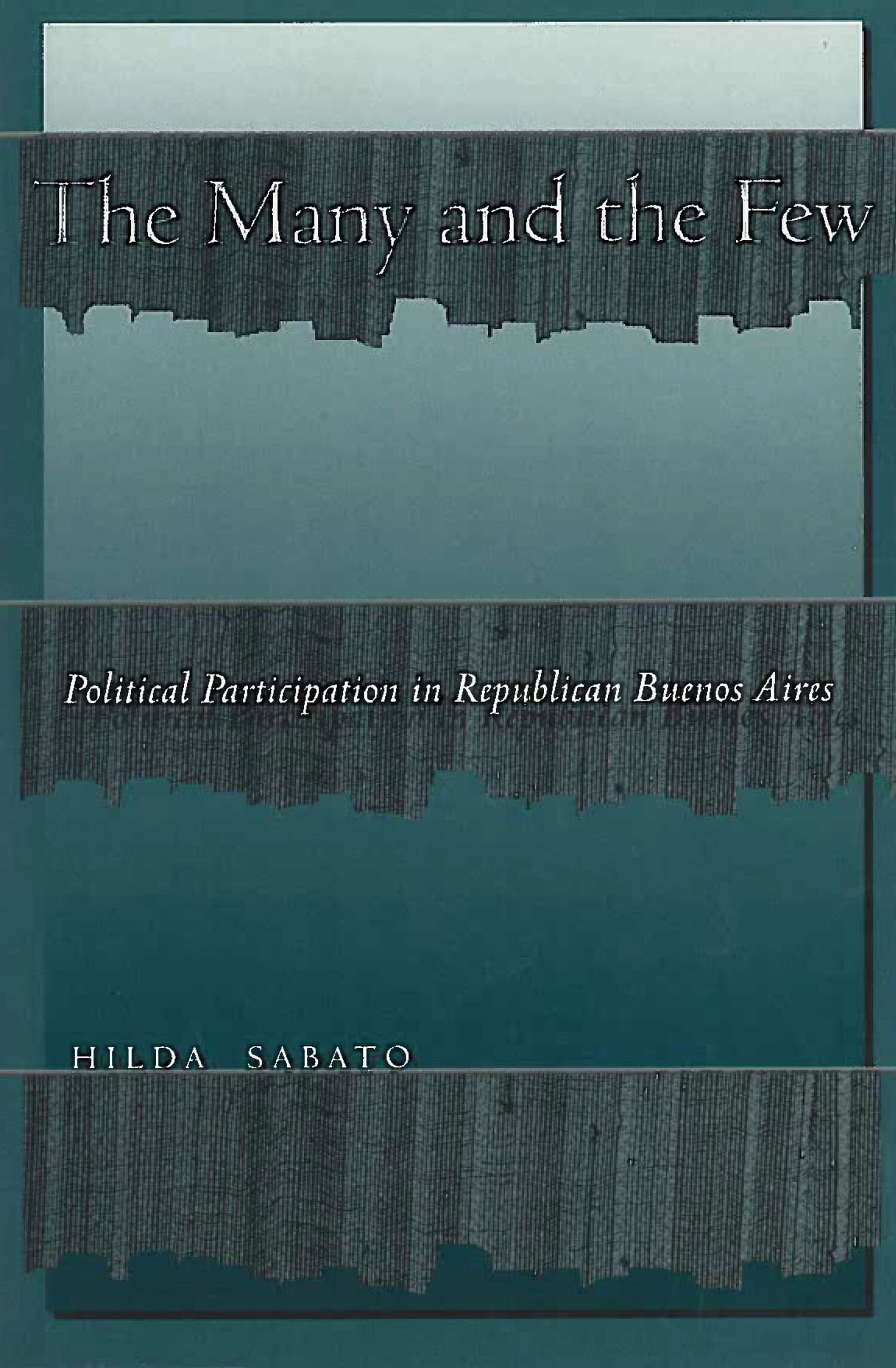The Battle Nearer to Home

Despite its image as an epicenter of progressive social policy, New York City continues to have one of the nation's most segregated school systems. Tracing the quest for integration in education from the mid-1950s to the present, The Battle Nearer to Home follows the tireless efforts by educational activists to dismantle the deep racial and socioeconomic inequalities that segregation reinforces. The fight for integration has shifted significantly over time, not least in terms of the way "integration" is conceived, from transfers of students and redrawing school attendance zones, to more recent demands of community control of segregated schools. In all cases, the Board eventually pulled the plug in the face of resistance from more powerful stakeholders, and, starting in the 1970s, integration receded as a possible solution to educational inequality. In excavating the history of New York City school integration politics, in the halls of power and on the ground, Christopher Bonastia unearths the enduring white resistance to integration and the severe costs paid by Black and Latino students. This last decade has seen activists renew the fight for integration, but the war is still far from won.
"Bonastia offers new ways of thinking about school integration, and shows how 'colorblind meritocracy' legitimizes inequality. This important history will help chart a better educational future."
—Matthew Delmont, author of Why Busing Failed
"Bonastia organizes his history of efforts to desegregate the New York City public schools after Brown v. Board of Education by referencing the many physical, administrative, and meritocratic 'border checkpoints' New York used to maintain the status quo.... Recommended."—M. E. Brown, CHOICE
"The Battle Nearer to Home illustrates the dynamics of the fight for racial integration in New York City, which helps us make sense of why we are where we are. The details and history presented here can help readers develop a more nuanced understanding of the struggle within New York City. The checkpoints typology helps readers see the ways bureaucracy and policy contribute to the persistence of a segregated school system."—Megan Iantosca, Contemporary Sociology
"Bonastia impressively reconstructs the complex, multi-decade story of the failure to substantively integrate New York City Schools and the lack of political will that has effectively maintained school segregation.... With its in-depth analysis, this book will be particularly enlightening for historians interested in understanding desegregation outside of the South and would be appropriate for graduate-level courses in the history of education and education policy."—Jeanne M Powers, Social Forces
"[Bonastia's] book offers comprehensive and enlightening accounts of the intricate politics surrounding education across different boroughs, driven by a dual purpose: first, to acknowledge and center the pivotal roles played by educational activists throughout the decades-long struggle for educational equity through school integration; and second, to reinvigorate the call for integration in the face of the enduring legacies of racism, poverty, and exclusion that continue to affect the vast majority of economically disadvantaged schoolchildren in New York."—Prudence L. Carter, American Journal of Sociology
"an effective synthesis of the history of segregation and resistance in New York City between 1954 and 1975... [and] linking this history to the campaigns of the past ten years."—Nicholas Juravich, History of Education Quarterly




